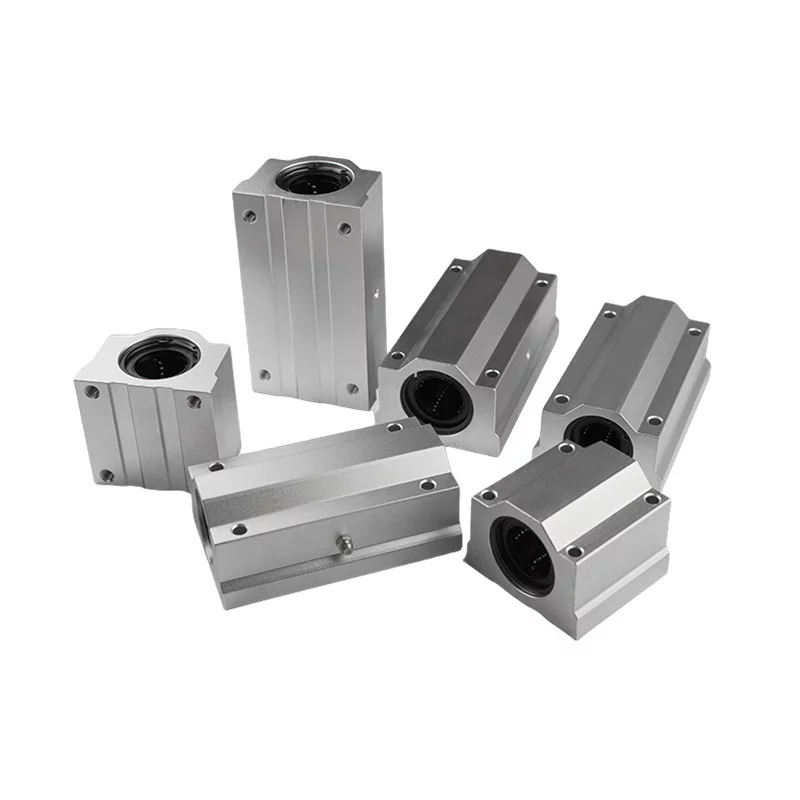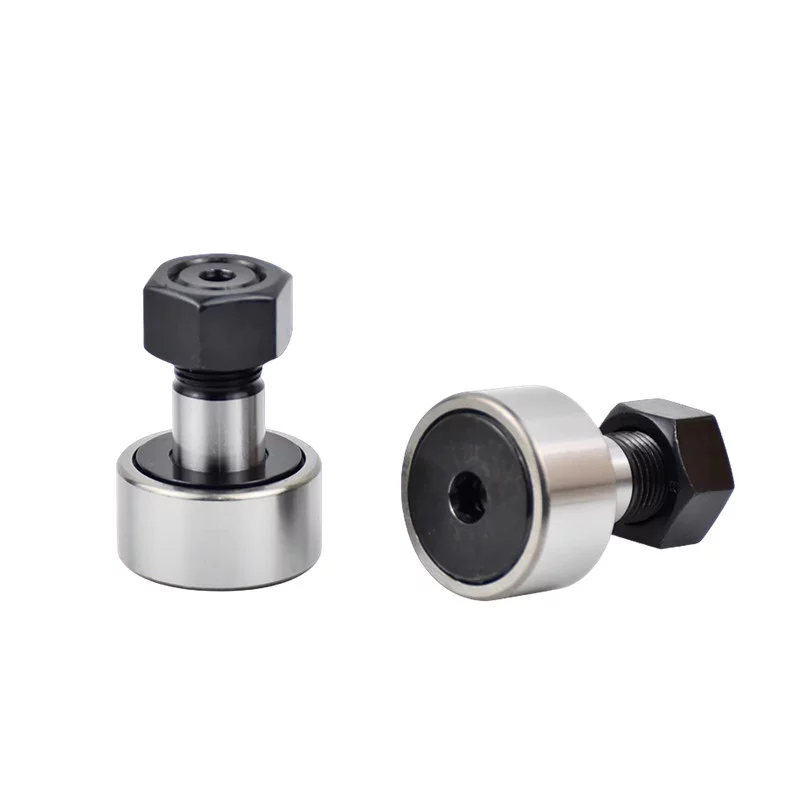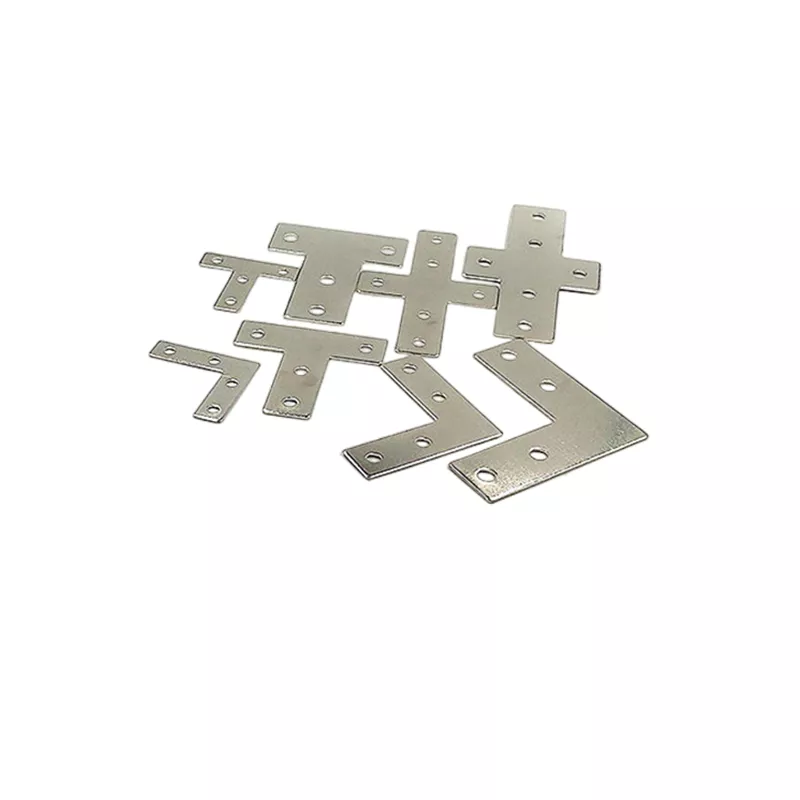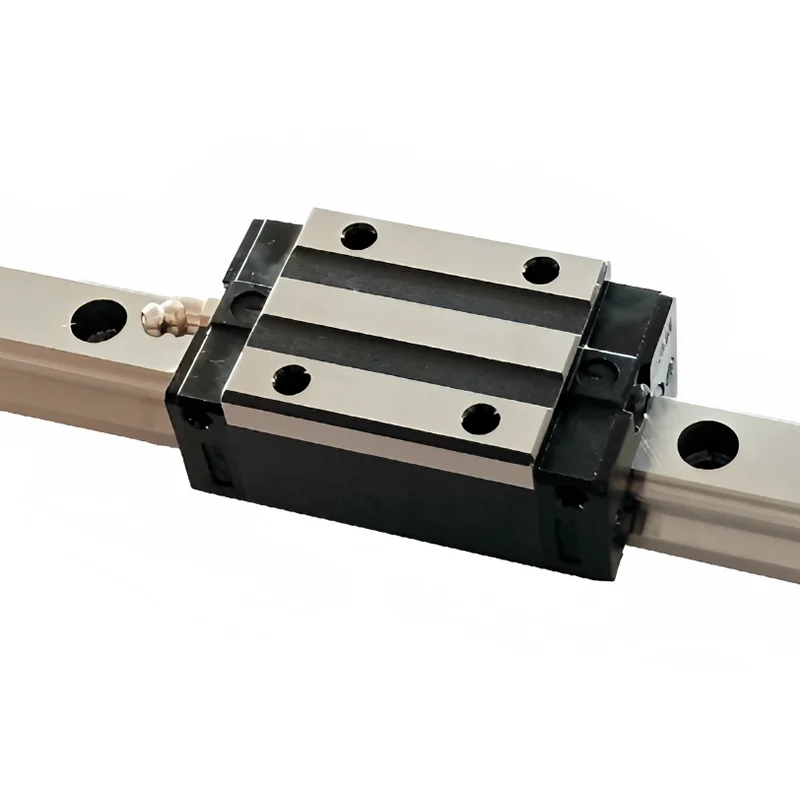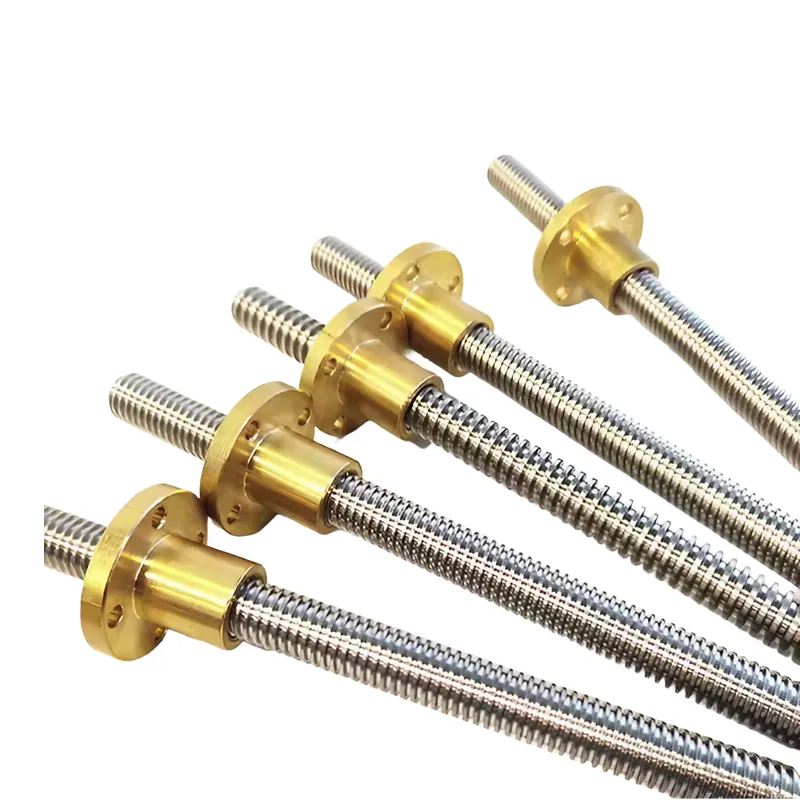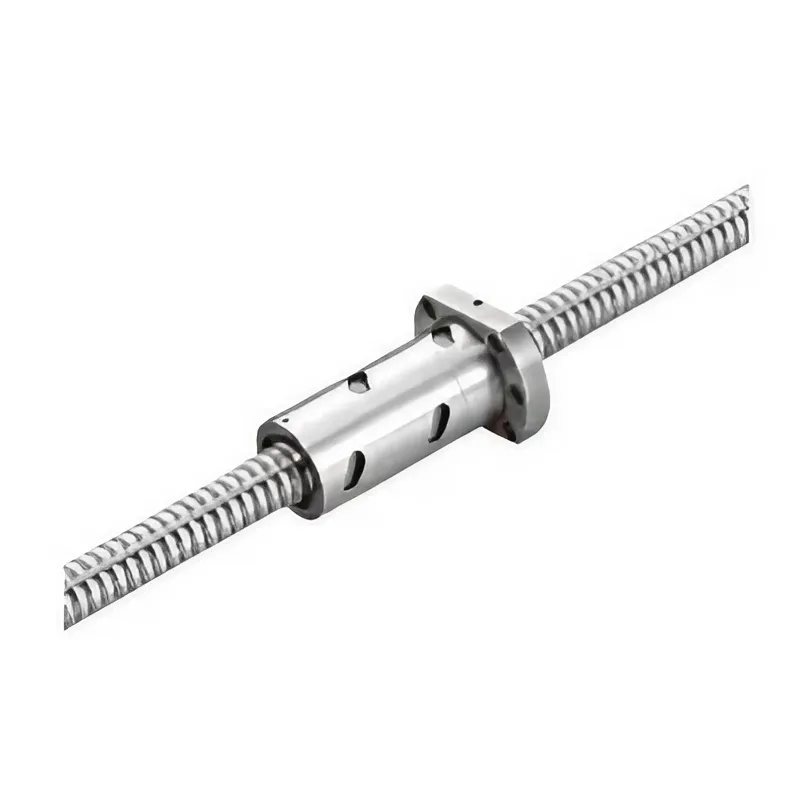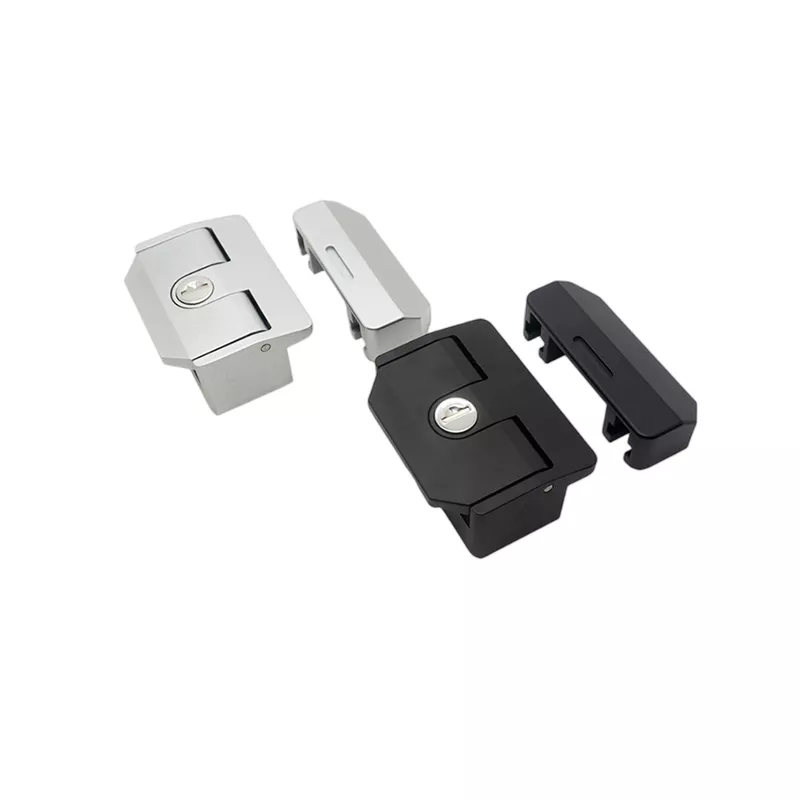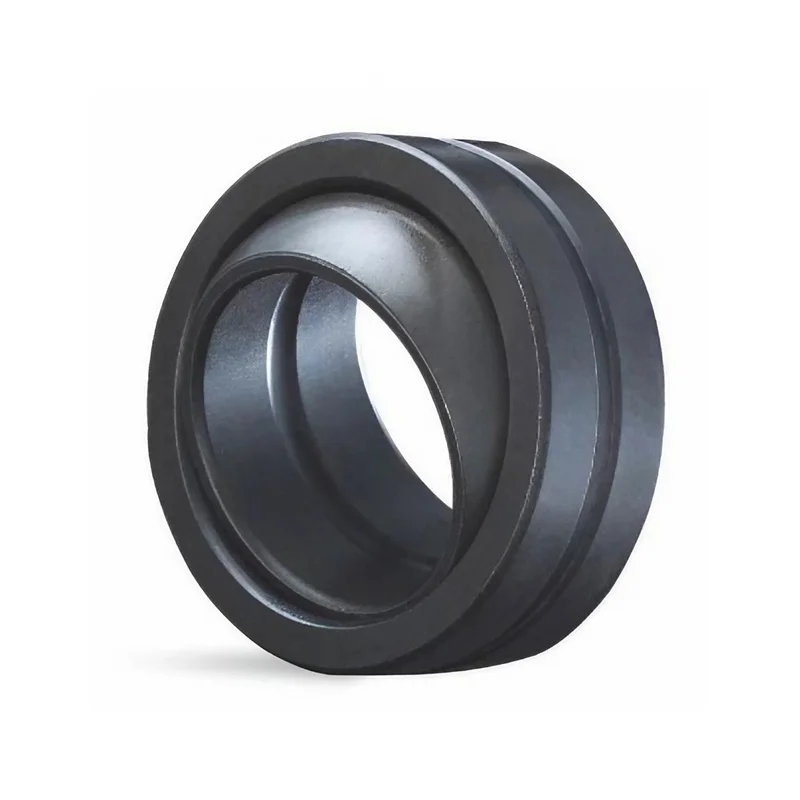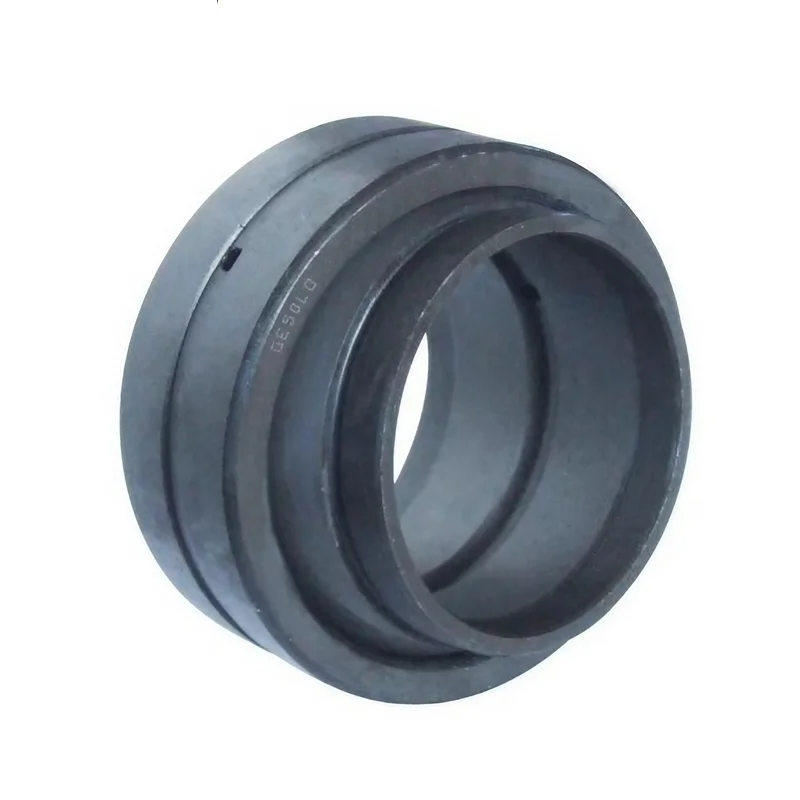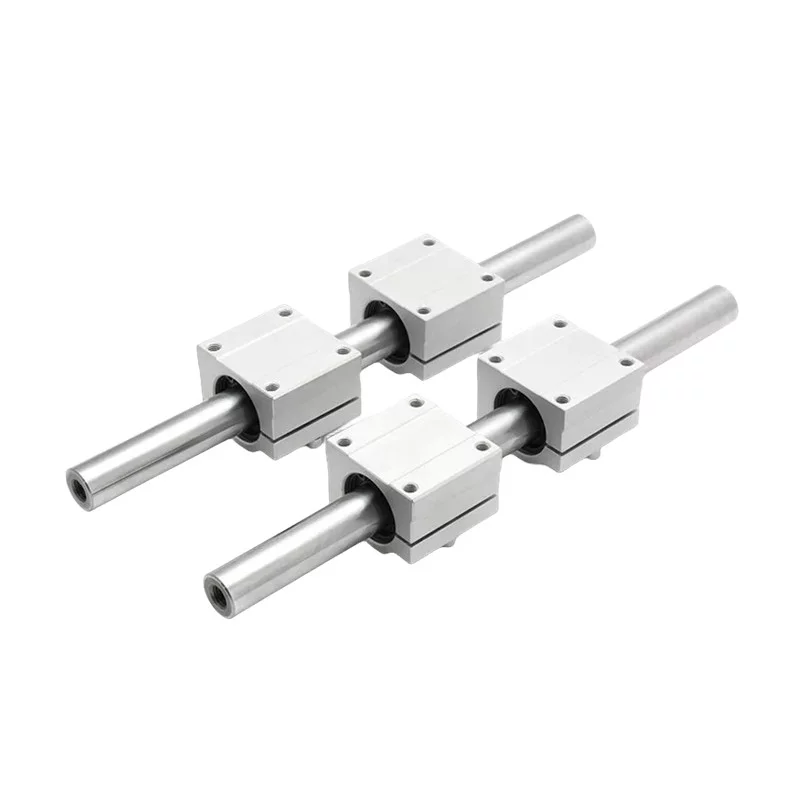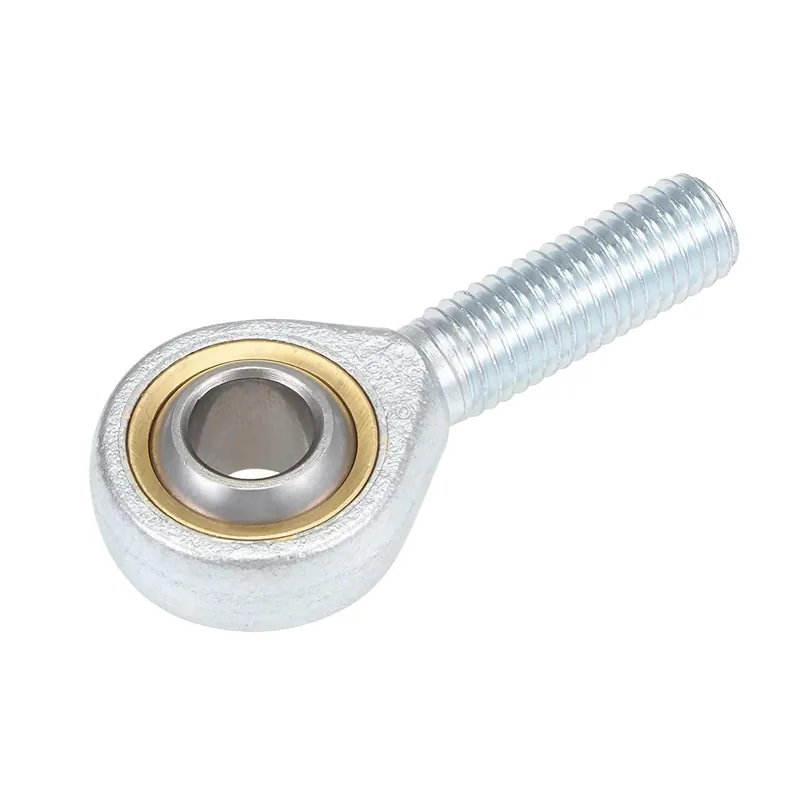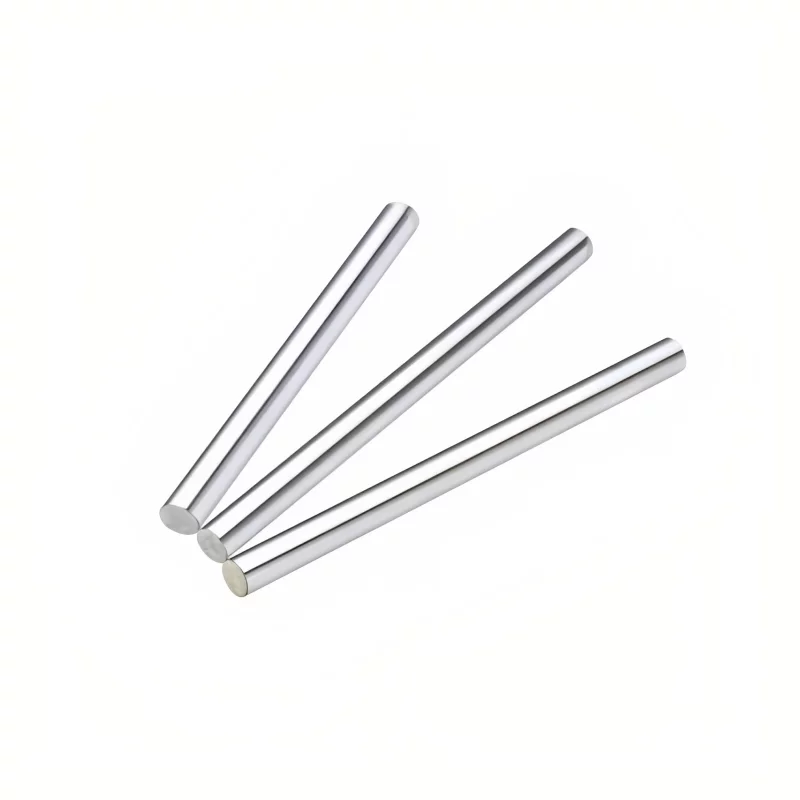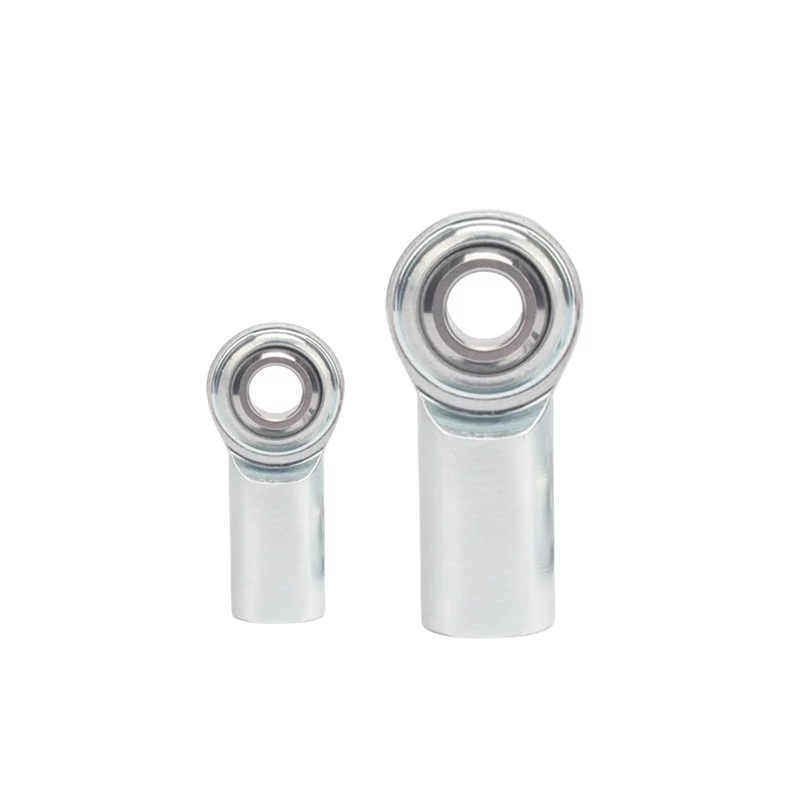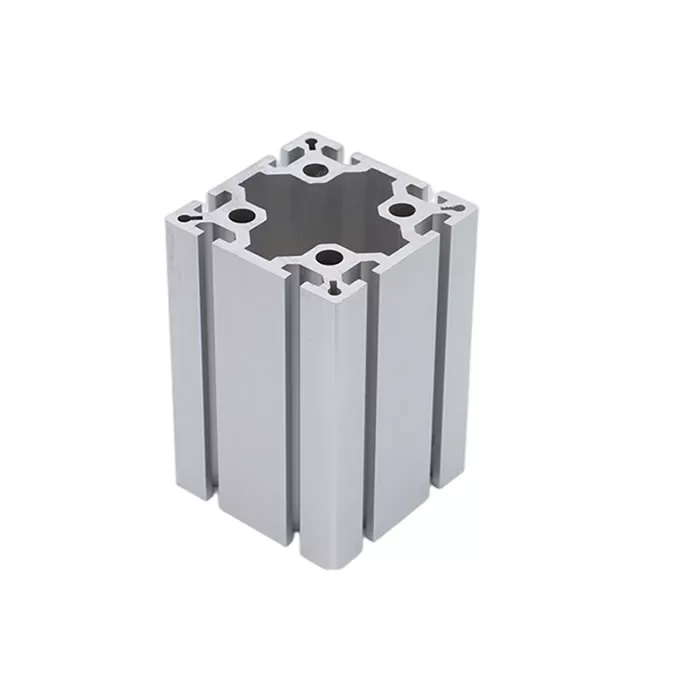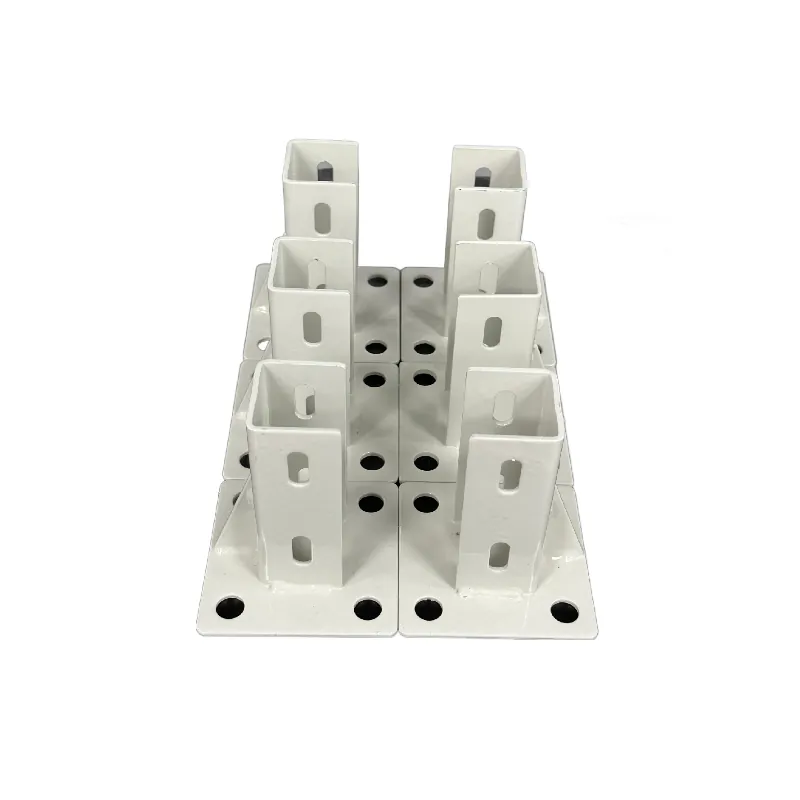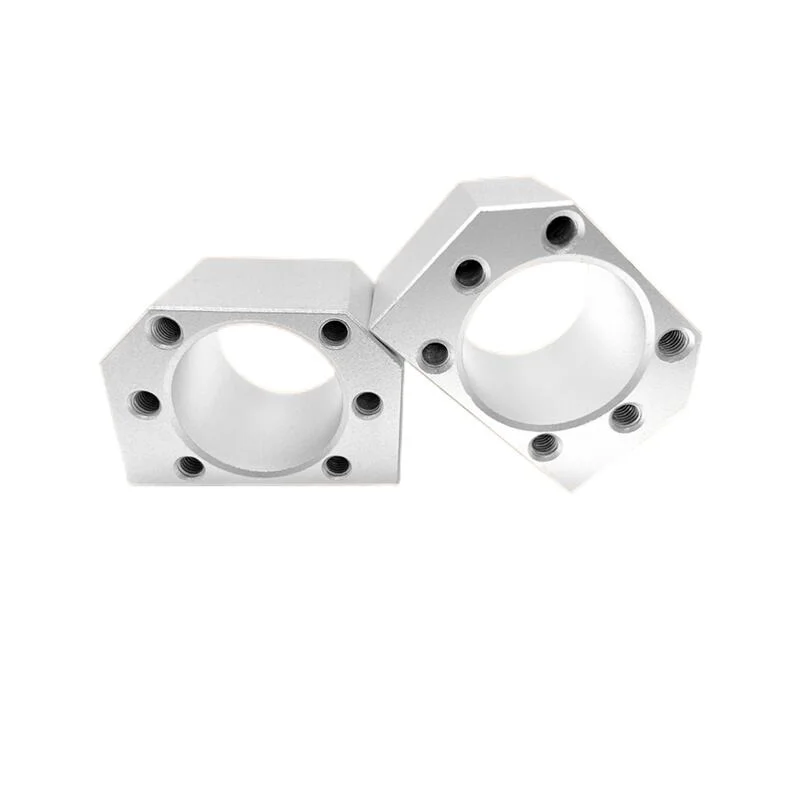Delving into the World of Linear Bearing Materials
In the intricate world of linear motion, the choice of bearing material holds paramount importance, dictating performance, durability, and efficiency. From the stalwart steel to the nimble plastics, each material brings its own set of advantages and considerations to the table. In this exploration, we delve into the diverse array of materials that power Linear Bearings, uncovering their strengths, weaknesses, and ideal applications.
Steel
Reigning supreme in the realm of linear bearings is the mighty steel. Forged from an alliance of carbon and iron,
steel boasts exceptional mechanical properties - think unmatched strength and rigidity.
These attributes endow steel bearings with the ability to shoulder heavy loads while delivering smooth, precise motion.
Popular choices include carbon steel and its corrosion-resistant comrade, stainless steel. However, remember,
with rising carbon content comes increased hardness, which can impact the bearing's performance.
Aluminum
Step aside, heavyweight! Aluminum enters the ring, flaunting its impressive strength-to-weight ratio.
This corrosion-resistant champion shines with its affordability and lighter touch compared to steel.
However, its lower load capacity necessitates careful consideration for demanding applications.
Despite this, aluminum bearings excel in delivering smooth, precise motion, making them ideal for situations where weight reduction is paramount.
Plastics
For a budget-conscious approach, plastic bearings beckon. Offering lower cost and softer nature than their metallic counterparts,
plastics boast a low coefficient of friction, minimizing energy loss.
Nylon, polyethylene, and PVDF are the usual suspects, often reinforced with fibers or fillers for enhanced load-bearing potential.
While they deliver smooth motion, their lower load capacities and temperature limitations demand prudent application selection.
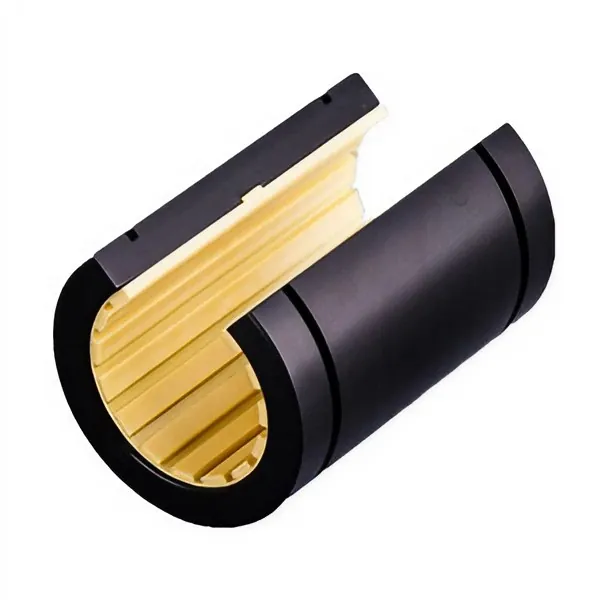
Bronze
Bronze, an alloy of copper and zinc, brings a softer touch to the table. While boasting a higher load capacity than plastic bearings,
the metal-to-metal contact results in increased friction. This necessitates diligent lubrication to ensure smooth operation.
Ceramics
When speed is the name of the game, ceramic bearings steal the show. Fabricated from materials like silicon nitride and zirconium oxide,
they boast supreme rigidity, maintaining accuracy and precision even at breakneck speeds.
Their exceptional hardness translates to longer life, superior abrasion resistance, and minimal wear particles.
Additionally, they thrive in vacuum environments and with ESD-sensitive equipment, making them the go-to choice for specialized applications.
Composite Materials
Seeking a harmonious blend of strengths? Composite bearings offer the perfect solution.
These ingenious creations marry a metal backing with a plastic sleeve or PTFE liner.
This strategic combination eliminates metal-to-metal contact, reducing friction while leveraging the metal's superior load-bearing capabilities.
The metal backing also enhances heat dissipation, ensuring optimal performance.
Material Matchmaking
It's important to remember that not all materials play well together. Often, different materials are chosen for the bearing and the guide rail.
Since reducing friction in the guide rail can be challenging, the bearing is typically made from a softer material to concentrate wear in this component.
For guide rails, shafts, and bases, hardened steel, ground steel, and anodized aluminum are popular choices due to their superior hardness.
Selecting the ideal material for your linear bearing hinges on a thorough understanding of your application's specific demands.
Consider factors like load capacity, speed, operating temperature, corrosion resistance, and lubrication requirements.
As the heartbeat of linear motion systems, the choice of bearing material must be approached with careful consideration and foresight. From the steadfast reliability of steel to the lightweight prowess of aluminum, and the cost-effective versatility of plastics, each material offers a unique blend of attributes tailored to specific requirements. Whether it's the precision of ceramics, the adaptability of composites, or the soft touch of bronze, there exists a material perfectly suited to every application's demands.
By understanding the intricacies of each material, including load capacity, speed, temperature resilience, and compatibility, engineers can orchestrate the perfect symphony of components for seamless linear motion. Armed with this knowledge, they can navigate the complexities of material selection with confidence, ensuring optimal performance, longevity, and efficiency in their linear motion systems. Thus, by marrying the right material with the right application, engineers unlock the full potential of linear bearings, propelling industries forward with precision, reliability, and innovation.
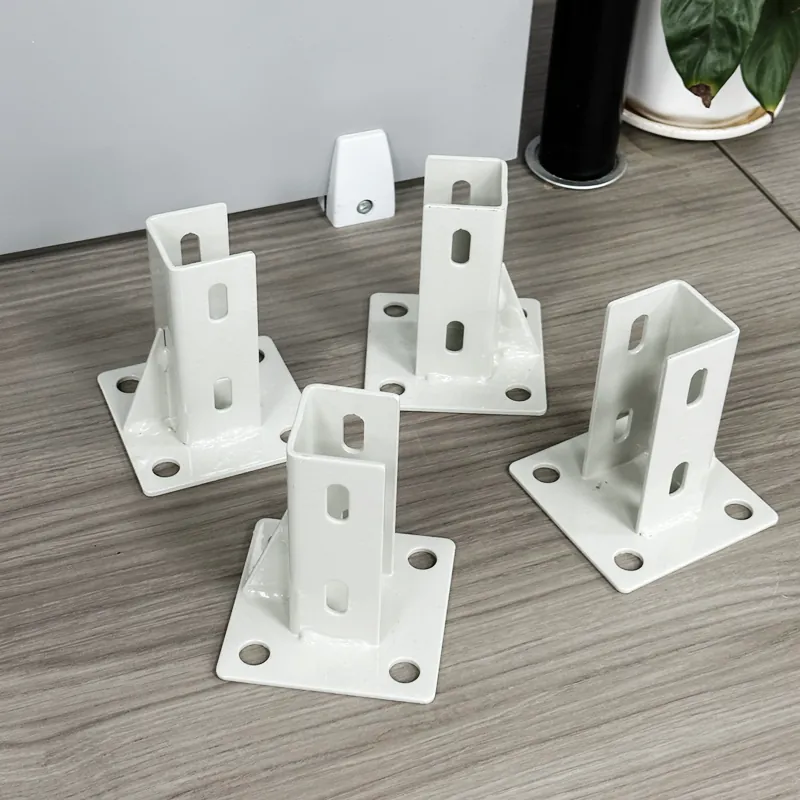 2020/4040 Aluminum Floor Mount Base Plate for Equipment Stability
2020/4040 Aluminum Floor Mount Base Plate for Equipment Stability
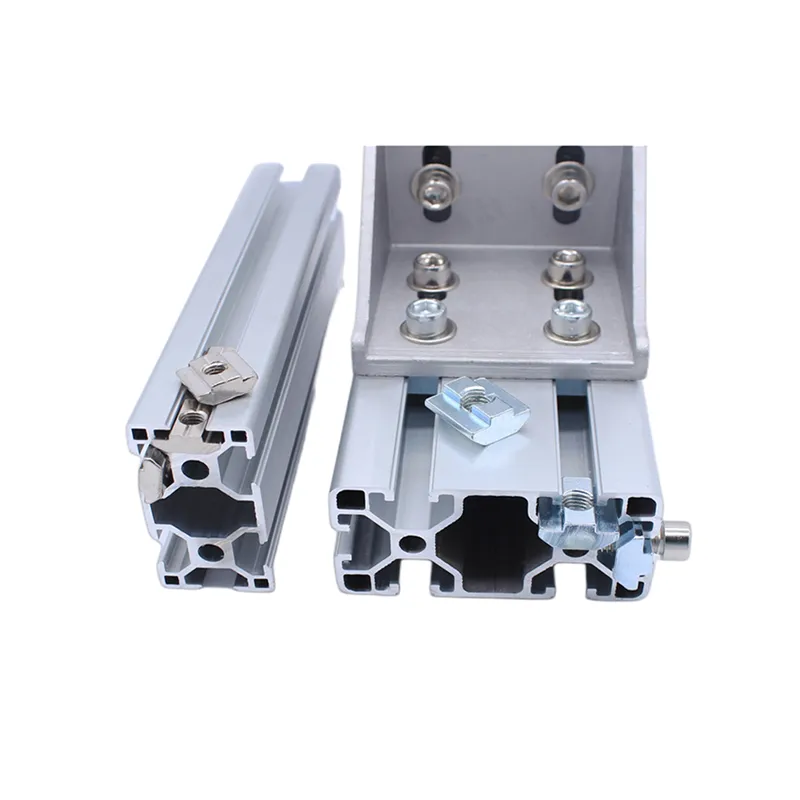 Understanding the Advantages of Sliding T-Nuts for Industrial Applications
Understanding the Advantages of Sliding T-Nuts for Industrial Applications
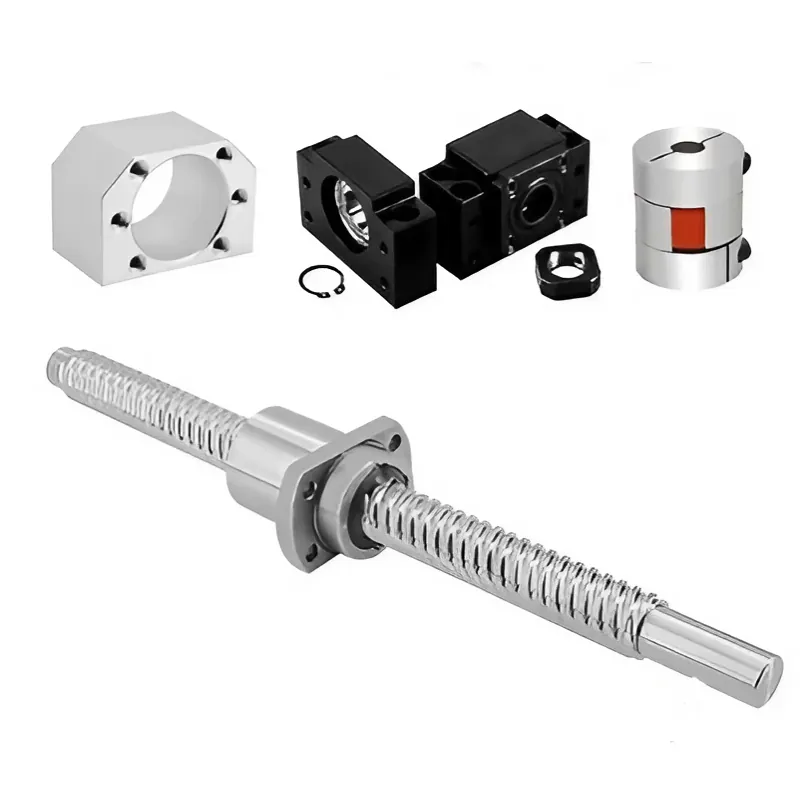 Understanding Ball Screws: Essential Components for Precise Linear Motion in Industrial Automation
Understanding Ball Screws: Essential Components for Precise Linear Motion in Industrial Automation
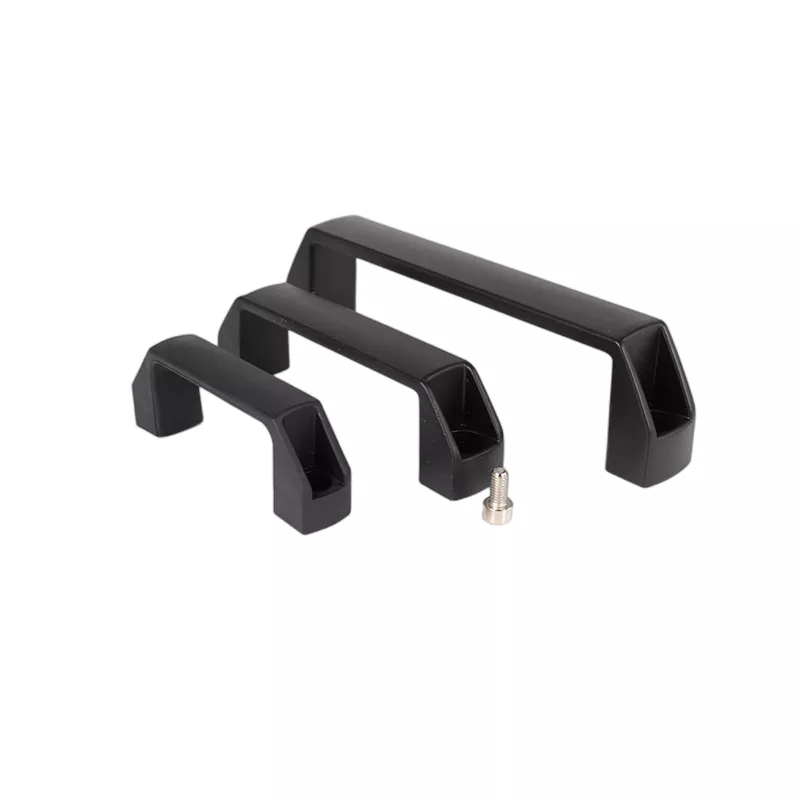 Enhance Functionality with Durable and Versatile Black Nylon Handles
Enhance Functionality with Durable and Versatile Black Nylon Handles

